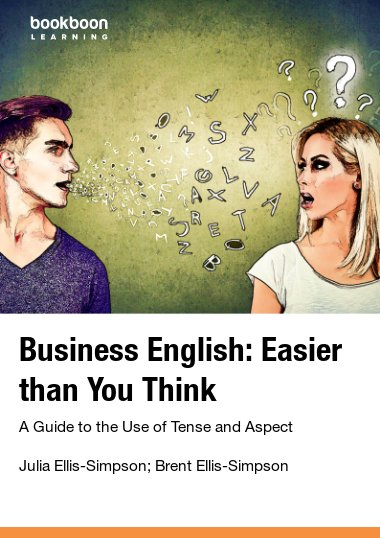A simple guide to help business users of English choose the right tense for different situations and avoid damaging mistakes. Which tense is appropriate in which situation?This guide explains how ‘aspects’ combine with tenses in English and gives in depth advice and examples of the use of tenses in business situations.The goal: a simple logical structure to communicate about the present, the past, and the future clearly and with greater impact.
About the Authors
After many years in business media publishing (in the UK), Brent has worked as a trainer and coach for German commercial, industrial and statutory organisations since 1998. Julia specialises in business, technical and administrative documentation translation.Both are of British origin and have run Corporate BE together since 2012. The company specialises in business English coaching, translation, and creative text development.



